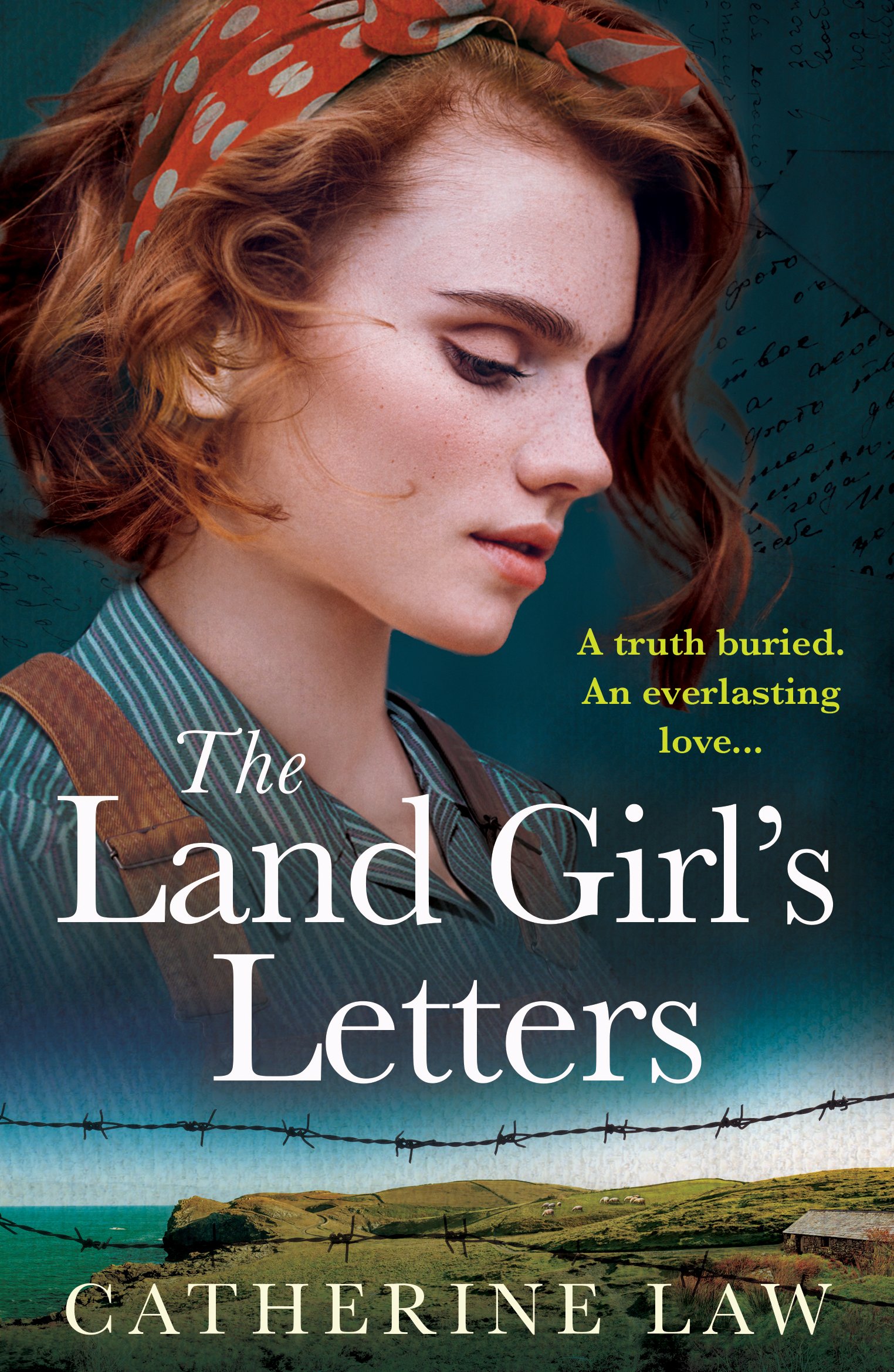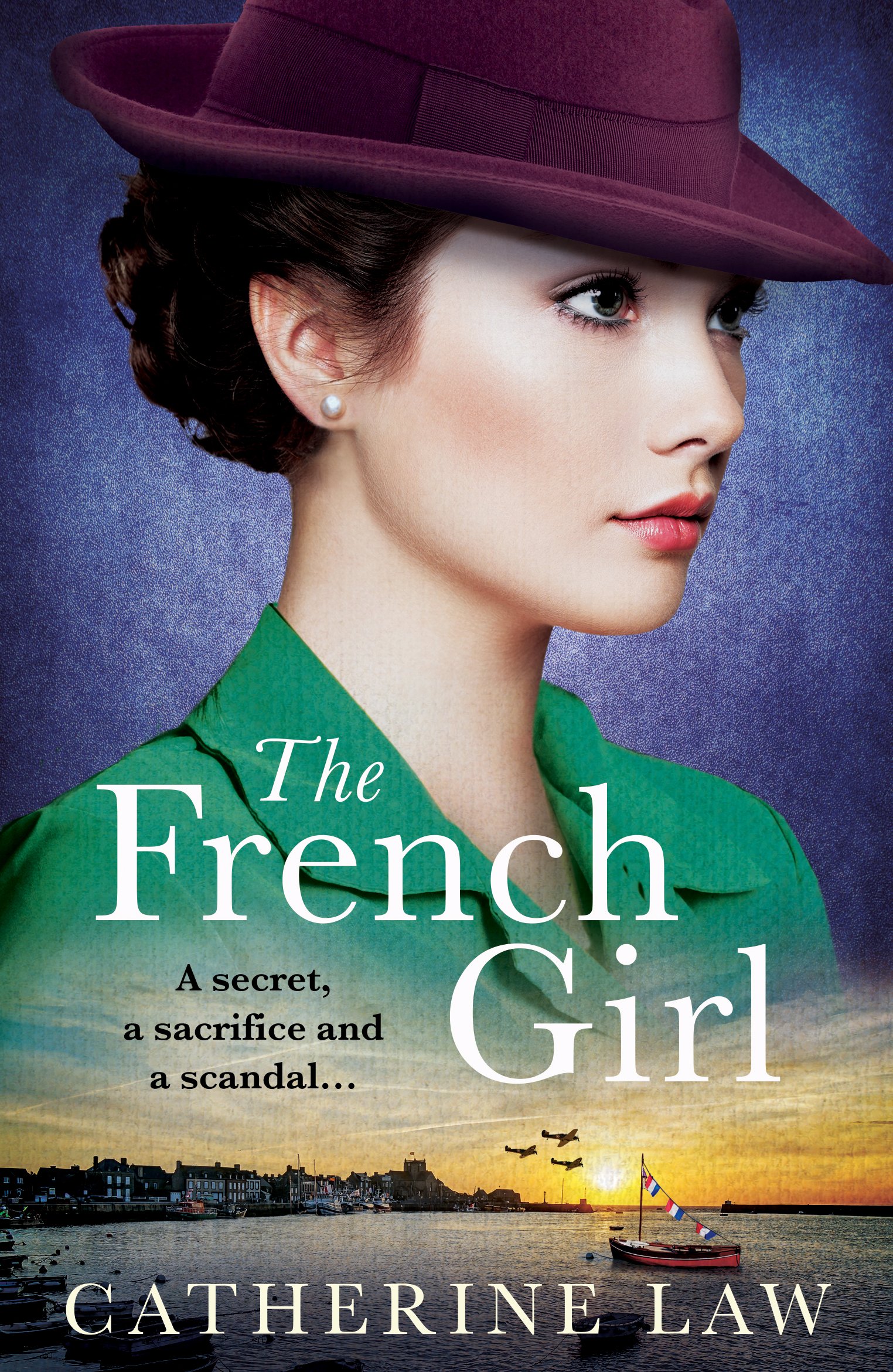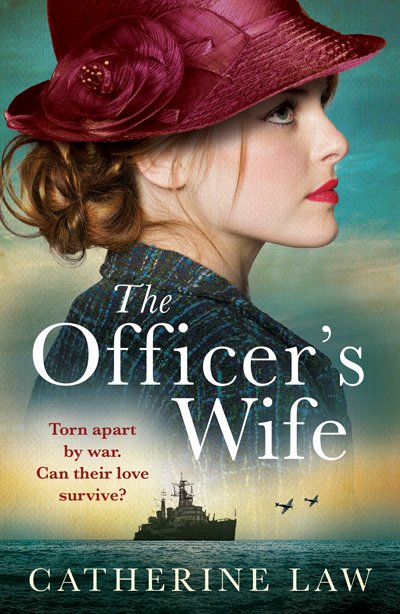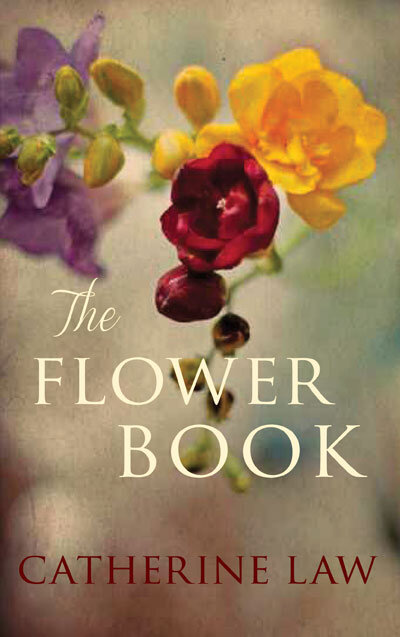
A secret, a sacrifice, and a scandal…
Summer 1939 When war breaks out, Sylvie is marooned with her cousin Nell's family in the Chiltern hills of Buckinghamshire and cannot return to her Normandy home.
During the early days of rationing, blackouts, and the threat of bombers in the skies, Sylvie and Nell have to grow up quickly. Yet as the war rages around them, it's the competition and jealousy between the two that dominates their lives.
When the girls fall in love with the same man, their relationship is truly tested. But the war pulls them all apart and changes the course of their lives – until their secrets are revealed, with devastating consequences.
First published in 2012 as The September Garden

In her dreams Sylvie returned to Montfleur. She walked the rooms and the staircases of her home as it had once been: gleaming parquet, slender windows, elegantly faded Louis XV chairs.
The dreams unfolded long into the night with a smothering sourness.
When I die, she thought, I will haunt this place, just like I do in my dreams.
Reviews for The French Girl
“Truly unforgettable and piquant, The French Girl is a stirring, scintillating story that will melt the heart and fill you with warmth and satisfaction.”
“Village life, meddlesome evacuees, the Blitz, lies, misunderstandings, withheld truths and secrets will all play a part in complicating Sylvie and Nell’s lives in this bittersweet wartime romance, with its lovely and loving evocation of life in the English countryside.”
“Catherine Law has an extraordinary gift as a writer - the ability to draw her readers into a deftly woven story populated with memorable characters caught up in a web of all too human emotional entanglements and conflicts. This truly exceptional novel is highly recommended.”

Between the lines
The inspiration behind The French Girl
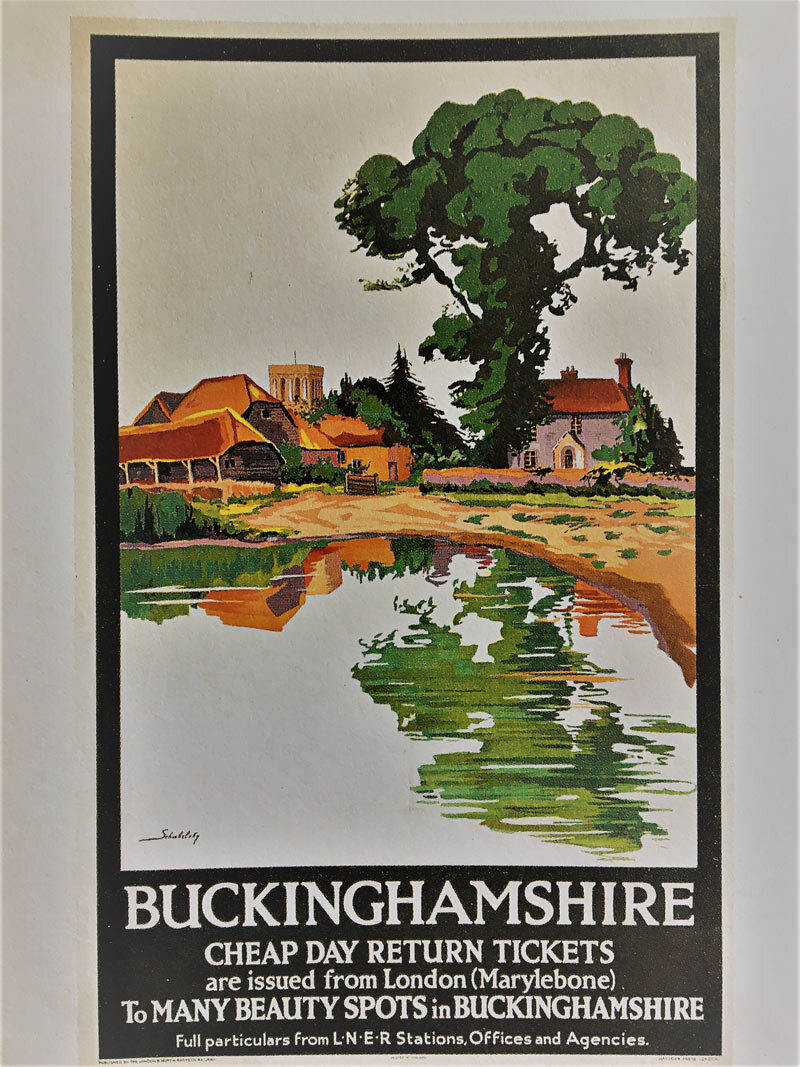
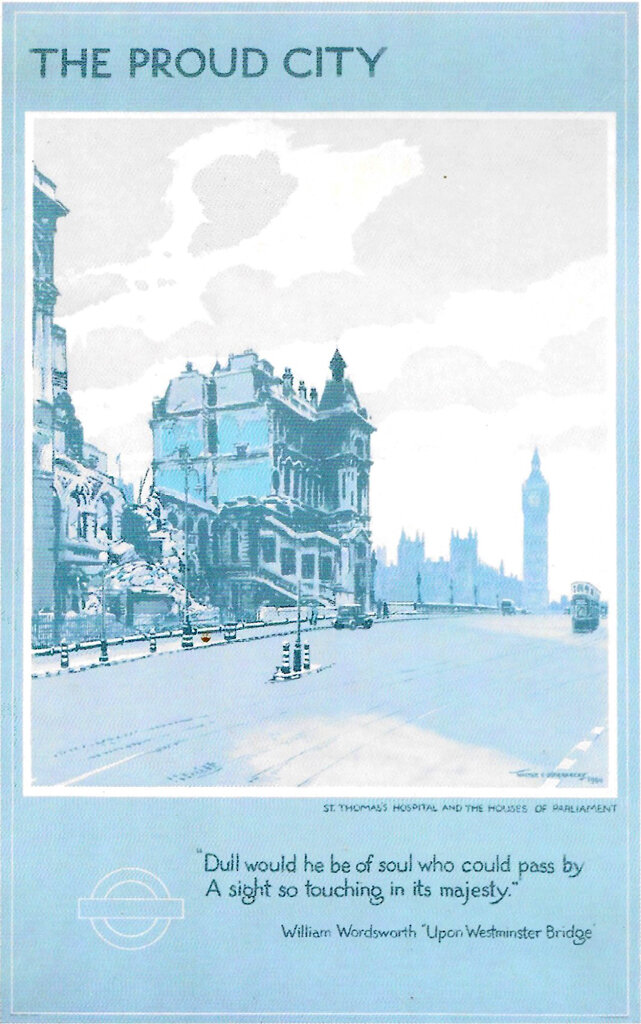
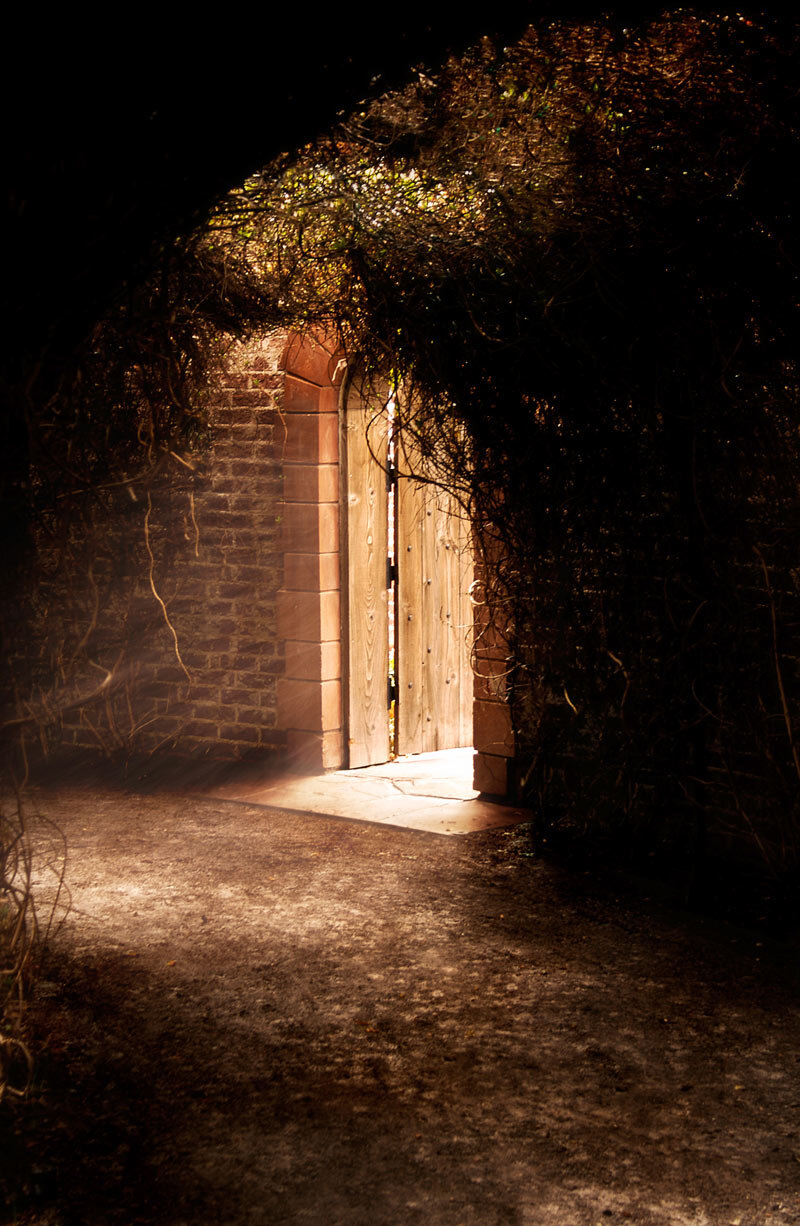
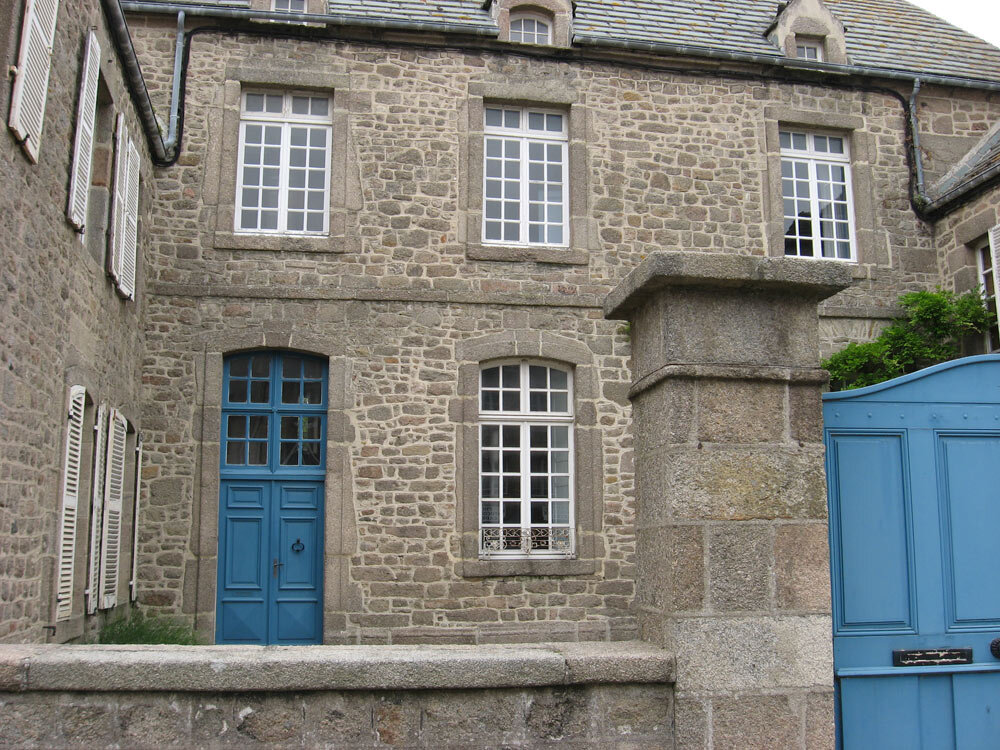
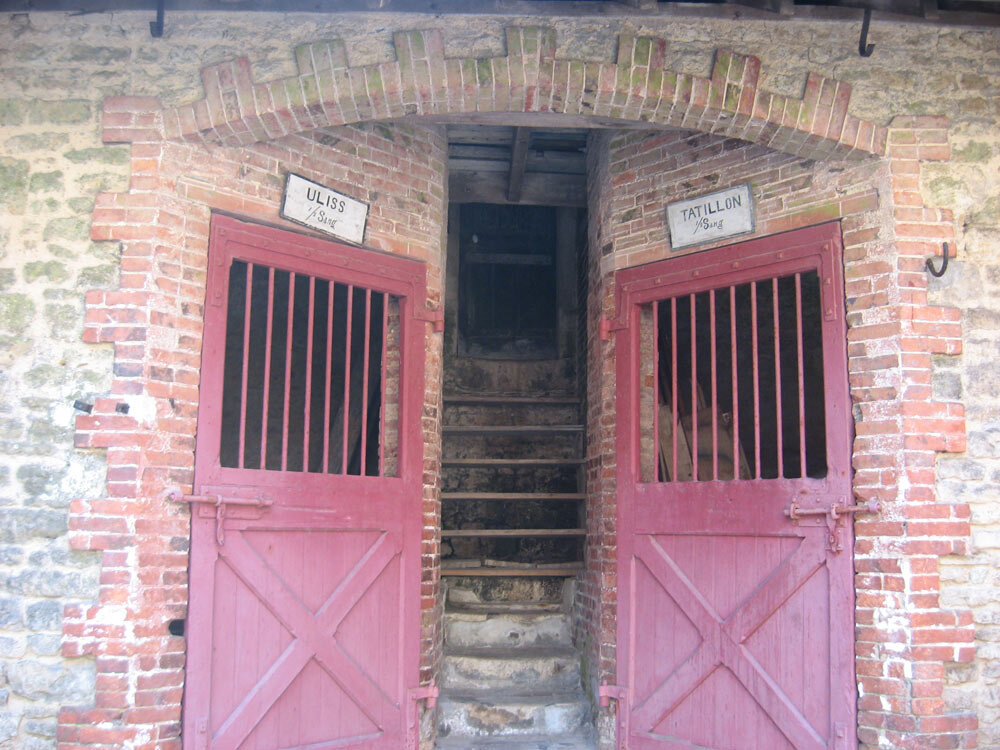

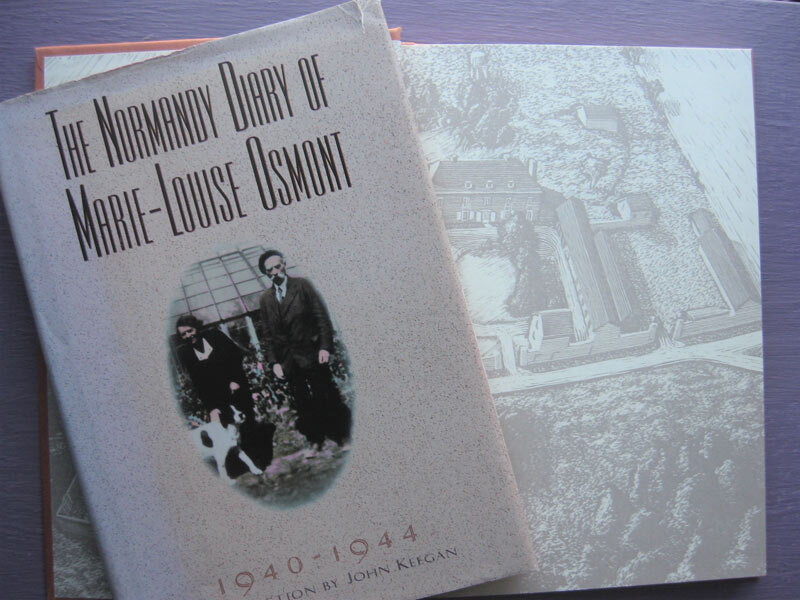
D-Day from the other side
Some years ago, browsing in a second-hand book shop, I chanced upon The Normandy Diary of Marie-Louise Osmont 1940-1944. From her first entry in the summer of 1940 after the Fall of France – stating simply that German soldiers were occupying her small Normandy chateau, bringing in with them their rough boots and penchant for singing – to the last terrifying accounts of the devastation of Caen in 1944, I was enthralled.
Madame Osmont was an ordinary woman living through the day-to-day terror and long uncertain years of German occupation – and her story haunted me. On D-Day, as the first booms of British naval guns thundered in over the Bay of Seine and the parachutists came raining down, she witnessed the Allied invasion as it unfolded around her. But how was she to know, as we do today with the luxury of hindsight, what the outcome would be. Her story intrigued me. I wanted to somehow relay her experience, to do it justice.
Her diary stayed on my bookshelf for a while before the idea hit me to write a story set in France during this time and also in England (to link it back home, if you like).
To write truthfully about a place, I must see it for myself, so I visited the landing beaches of Normandy and the nearby fishing village Barfleur (which I renamed Montfleur in the book), and while I was there the cousins – half-French Sylvie and English Nell – emerged.
My trip happened to coincide with the 65th anniversary of D-Day, and everywhere I went were Allied flags and banners saying Welcome to our Liberators. I stayed in the little town of Valognes at the Grand Hotel du Louvre. This turreted building of silvery stone in a narrow, cobbled street became the inspiration for Sylvie’s home, complete with the stables for the long-departed horses, Ullis and Tatillon.
At the time, home for me was in the Chiltern Hills of Buckinghamshire, and I wrote in front of my window looking out onto beautifully bedraggled allotments. As the sun slanted down, the end-of-summer flowers – dahlias, sunflowers and chrysthans – looked like they were on fire. I pictured Nell’s Chiltern home with a walled garden full of these flowers: a place of a sanctuary, a place to hide, a place for secrets…
And the story of The French Girl was born, opening in the Chilterns in the summer before the outbreak of war, with tom-boy Nell anticipating a visit from her haughty, beautiful half-French cousin Sylvie, who has her own secret to bear…

